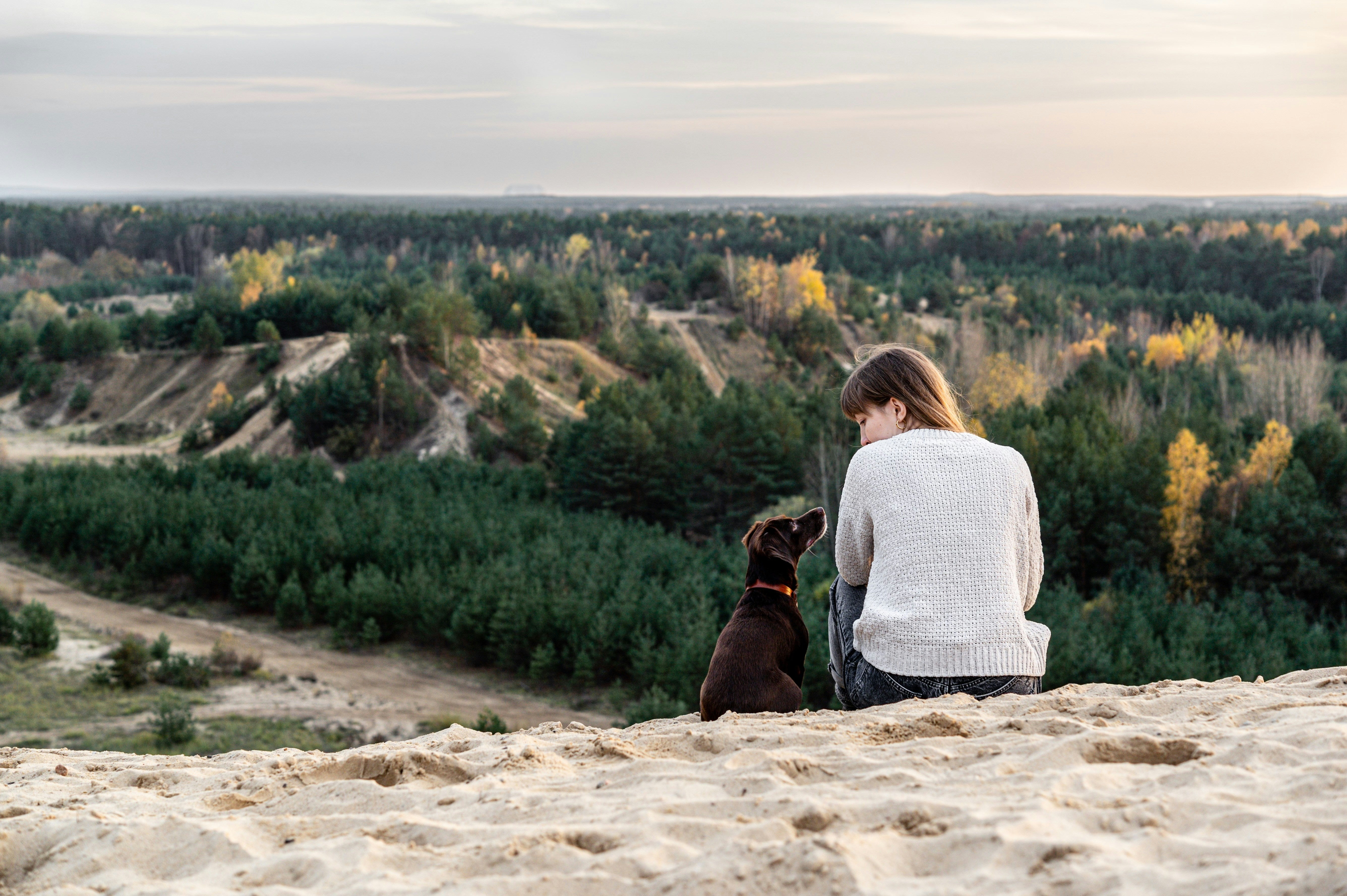As a certified canine behaviorist with 12 years of experience and owner of a high-energy Golden Retriever named Max, I’ve seen firsthand how walking routines make or break a dog’s physical and mental health. While the internet floods owners with conflicting advice, the truth is simple: There’s no universal formula. Your dog’s age, breed, health, and personality dictate their needs—not arbitrary rules. Let’s cut through the noise with evidence-based guidelines.
Puppies: Ditch the "5-Minute Rule" Myth
A viral TikTok trend claims puppies should exercise "5 minutes per month of age daily." As vet Cat rightly declares, this has "no basis in science" and risks stunting socialization during critical developmental windows . For my 4-month-old foster pup, Luna:
- Focus on exploration, not endurance: Short, frequent walks (15–20 mins, 3–4x/day) let her sniff and observe without joint strain.
- Prioritize socialization: Walks introduce novel sounds, surfaces, and people. Forced marches on pavement? Counterproductive.
- Watch for fatigue: If Luna plops down mid-walk, we head home. Overexertion harms growing joints.
Adult Dogs: Energy Dictates Schedule
High-Energy Breeds (e.g., Border Collies, Goldens like Max):
- Minimum: 60–90 mins daily, split into 2–3 sessions.
- Ideal mix: 30-min brisk walk + 30-min fetch/training + sniffari (leisurely scent walk).
Max thrives on this rhythm—skipping a session fuels destructive chewing.
Moderate-Energy Breeds (e.g., Bulldogs, Basset Hounds):
- 30–45 mins daily suffices.
- Avoid overheating: Brachycephalic breeds overheat fast; opt for cool-morning walks.
Low-Energy Breeds (e.g., Great Danes, Senior Dogs):
- 20–30 mins daily + indoor enrichment (lick mats, puzzle toys).
Critical Safety Note: Never walk your dog immediately after meals. Trainer Adam Spivey warns this can cause life-threatening bloat—wait 45–60 mins .
Senior Dogs: Quality Over Quantity
As dogs age, arthritis and reduced stamina demand adjustments:
- Shorter, gentler walks: 10–15 mins, 2x/day on soft surfaces (grass/dirt) .
- Monitor discomfort: Limiting, lagging, or heavy panting signal pain. My 12-year-old client, Buddy (Lab), now enjoys "sniff walks" where he sets the pace.
- Hydration is key: Senior dogs dehydrate faster; carry water on walks .
3 Non-Negotiable Walking Rules
- Leash Training Saves Lives: Retractable leashes risk entanglement; use a 6-foot leash for control near roads or aggressive dogs.
- Weather Wisdom: In heat >85°F (29°C), walk at dawn/dusk. Test pavement with your hand—if it’s too hot for you, it burns paws.
- Mental > Physical: A 20-min sniff-rich walk tires Max more than a 40-min power walk. Let them "read the news" (sniffing pee mail!).
Walking isn’t just exercise—it’s bonding, stimulation, and joy. With Max, I balance structured walks with sniff-centric downtime, always respecting his cues. Remember: A well-walked dog is a happy, harmonious companion.
"Dogs thrive on routine, not rigidity. Adapt, observe, and let your dog co-author the schedule."






Leave a comment
All comments are moderated before being published.
This site is protected by hCaptcha and the hCaptcha Privacy Policy and Terms of Service apply.